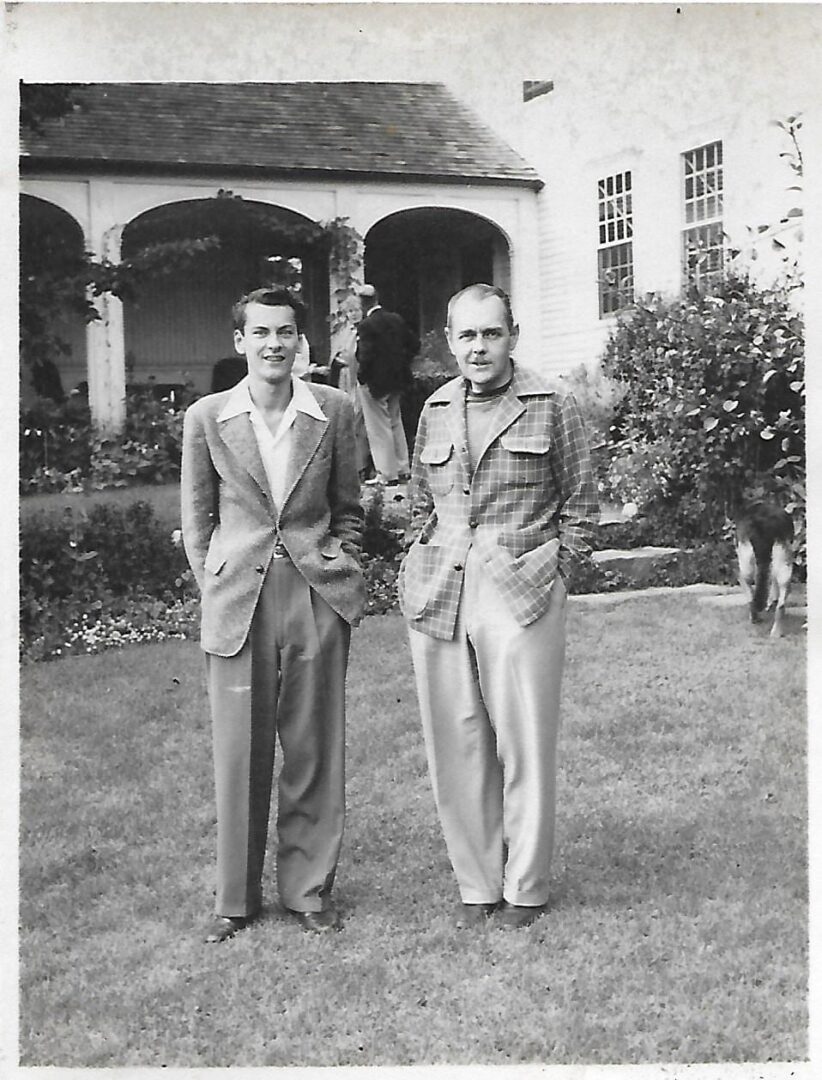EAST HADDAM -- Preserved letters, diaries, photographs, a house and its gardens tell the story of Frederic Palmer and Howard Metzger, two men who met fell in love in the 1940s and lived together as a...
Haven’t subscribed yet? Click here to register.
CT Examiner is just $20 a year. And if you want to unsubscribe? That’s online and at the click of a button. No phone calls. No runaround. No hassle.
At less than a tenth the cost of our statewide competitors, our promise to you is no-nonsense federal, state, and local news that’s nonpartisan, respects your privacy and is ad-free.
Subscribe and see why CT Examiner is the fastest growing news source in Connecticut.

